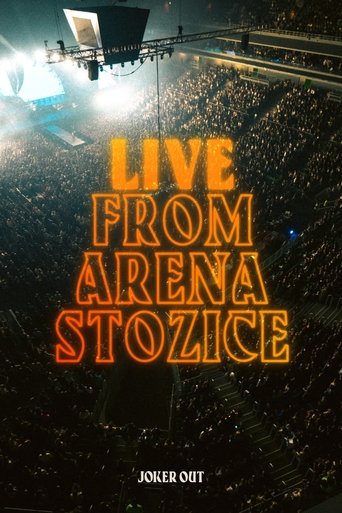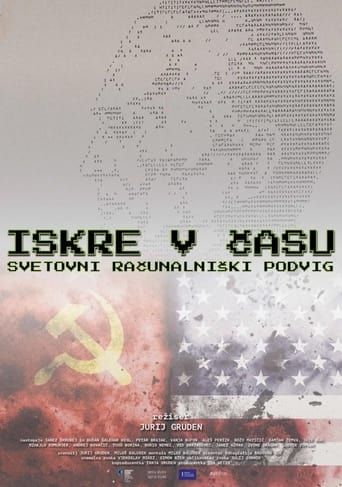Best Slovenian documentary movies
A curated collection of popular documentary movies from Slovenia.

Common Pear (2025)
Common Pear (2025)
In a not-too-distant future ravaged by climate crisis, a team of scientists analyse the archival footage of farmers from the past, in an attempt to understand their connection to the land. In this beautifully shot blend of documentary and fiction, Gregor Božić pays warm tribute to the old growers of the Goriška region in Western Slovenia, who appreciated fruit as more than merely a product for sale.
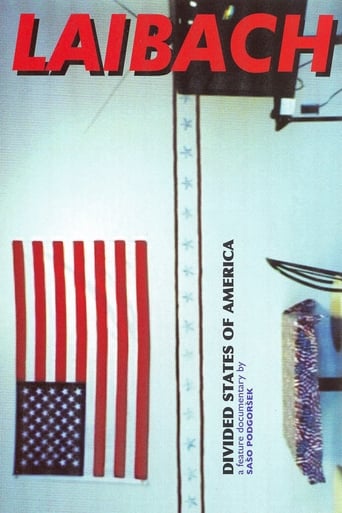
Laibach: Divided States of America (2006)
Laibach: Divided States of America (2006)
Laibach North American Tour 2004 and Laibach live 13.12.2004 La Locomotive, Paris, France This Film is a unique document of the Laibach tour, during the traumatic post-election atmosphere in The USA, a country deeply divided by two opposite political and cultural poles. The tour has been therefore named "The Divided States of America Tour".
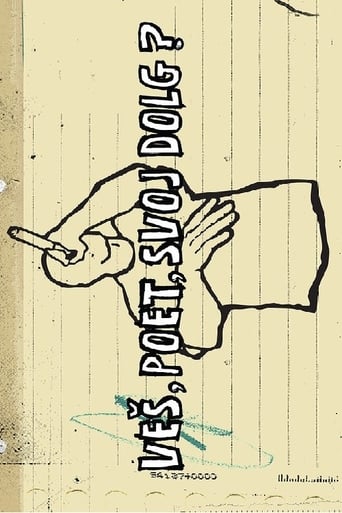
Poet You Know Your Due? (The Story About Slovene Rap) (2011)
Poet You Know Your Due? (The Story About Slovene Rap) (2011)
The film documents the history of the Slovenian rap music and its relationship to poetry, literature and politics of the present.
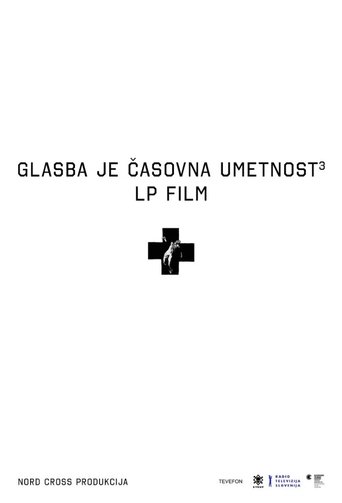
Music Is the Art of Time 3, LP Film Laibach (2018)
Music Is the Art of Time 3, LP Film Laibach (2018)
A film about the first Laibach album officially released in Yugoslavia. The record came out despite the political ban that was in place on the band's name at the time, in 1985 - but without the name or a title. A black cross on the cover was enough.
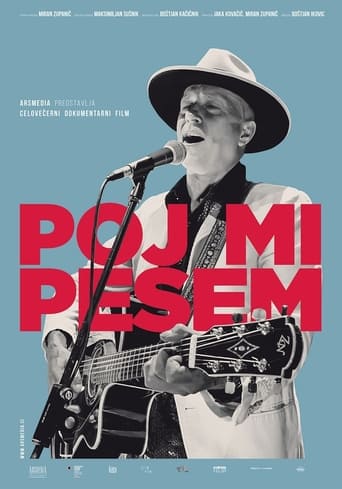
Sing Me a Song (2018)
Sing Me a Song (2018)
"Instead of Whom a Flower Now Blooms", "That Black Guitar", "Dizzy Heights" and other songs by the singer, poet and author Vlado Kreslin have already become folk tunes. Vlado is an eminent performer of popular music with a cult status, which is not a result of self-promotion strategies, but rather a consequence of his exceptional personal charisma and suggestive music expression. The documentary takes a look at the key stages of how Vlado Kreslin developed his authentic artistic expression. At the same time it frames the wider cultural context that Vlado has been creating in for more than forty years. However, this is first and foremost a film about music and music lovers.
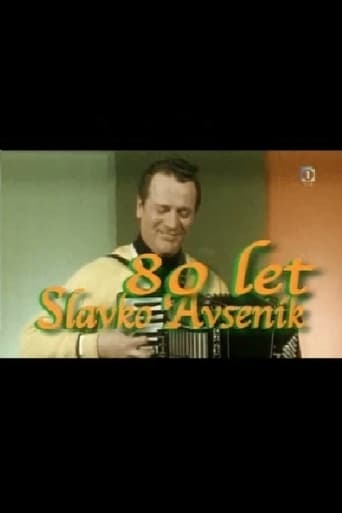
80 Years of Slavko Avsenik (2009)
80 Years of Slavko Avsenik (2009)
Documentary on famous Slovenian accordionist and his musical family.
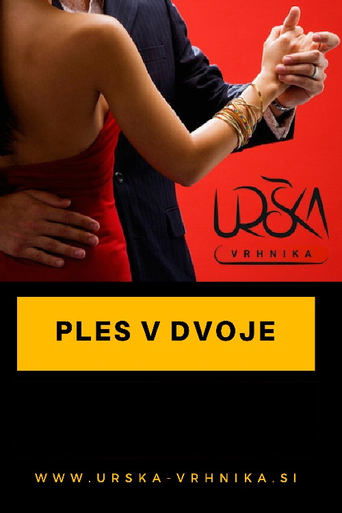
Social Dances for the New Millennium 1 (1999)
Social Dances for the New Millennium 1 (1999)
Instructed teaching of social dances for the new millennium in dancing school Urska in Ljubljana.
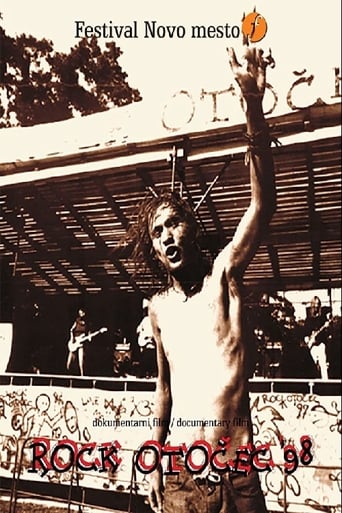
Rock Otocec 1998 (1999)
Rock Otocec 1998 (1999)
Documentary from biggest rock festival in Slovenia. Performers: Big Foot Mama, Indust Bag, Dicky B Hardy, Warpigs, Veliki Bijeli Slon, Borut Veselko, Drustvo Mrtvih pesnikov, Adi Smolar, Dan D, Schal Sick Brass Band, Temni Angeli Usode, Plavi Orkestar, Hic Et Nunc, Durhmarsh, Wet Bed, Skroz, Terra Mystica, Z'kovaci, Rok Otocec, Buldozer, Rambo Amadeus, Zabranjeno Pusenje, Zoran Predin.

Rock Otocec 2001 (2001)
Rock Otocec 2001 (2001)
The largest Slovenian rock festival, which took place from 6th to 8th July 2001 at Precna Airport in Novo mesto, Slovenia.
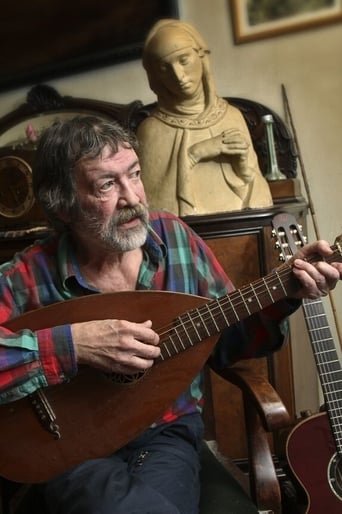
Breath of the Word - The Portrait of Tomaž Pengov (1999)
Breath of the Word - The Portrait of Tomaž Pengov (1999)
A documentary featurette about the Slovenian singer-songwriter Tomaž Pengov.
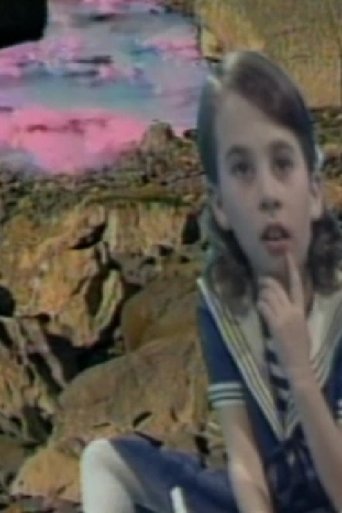
The Sand Collectors (1995)
The Sand Collectors (1995)
Video work tells a story of an art collector as remembered by herself in her old age, and as narrated by her friend, a psychoanalyst. Through this narrative the authors deal with the spirit of avant-garde art in the first half of the 20th century. By layering black and white and color images and sounds the work creates a deep and lively emotional space.
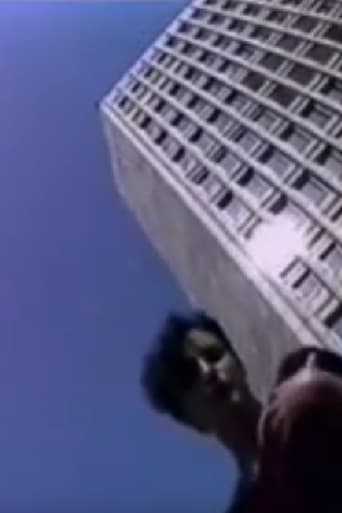
Borghesia: So Young (1985)
Borghesia: So Young (1985)
A compilation of the Borghesia video clips (So Young, The Wild Bunch, He, Too Much Tension, Cindy, A.R., ZMR), issued in 1985 as the first video cassette by the FV Label. These are short, almost 'film-like' stories focused primarily on the iconography of the body in urban surroundings. One of the clips presents a pioneer use of computer graphics.
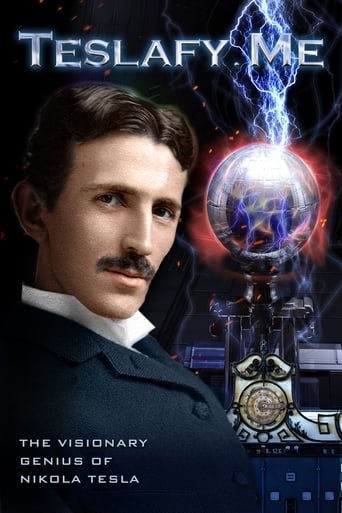
Teslafy Me (2019)
Teslafy Me (2019)
A vision for a world free of pollution and climate problems, with energy available in abundance - are we ready to take up legacy of ingenious inventor Nikola Tesla?
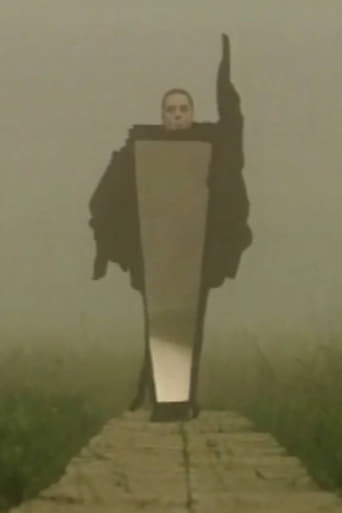
Hydra (1993)
Hydra (1993)
In the video works of Ema Kugler, mythology is inscribed in the rituals of everyday life, this time it is the theme of Hydra with many faces. It is illustrated by individual scenes with actors in leather costumes (the author's creations), which restrict their movement and thus already emphasize the separation of man from nature. The last trace of connection - the ritual relationship between man and bull, which is again based on human cruelty to animals - ends with blood, which on a symbolic level also pervades the whole image.
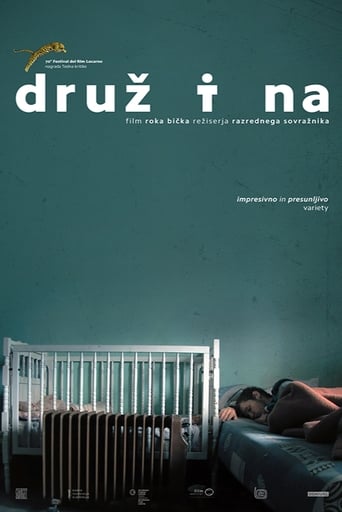
The Family (2017)
The Family (2017)
Interpersonal relationships in a dysfunctional family under the microscope of the camera.
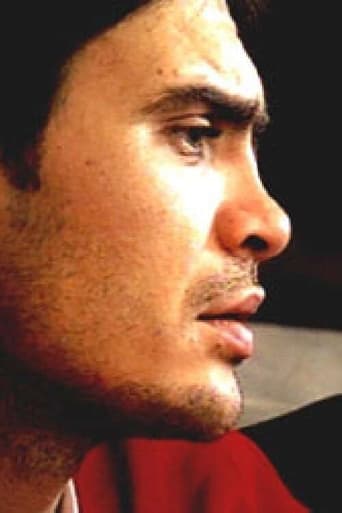
Fortress Europe (2000)
Fortress Europe (2000)
People of different nationalities from Central Europe attempting to reach the West by crossing the controls and “European” rules.

Wild Slovenia (2021)
Wild Slovenia (2021)
The documentary visually presents the very diverse fauna and flora of Slovenia, focusing on mammals and birds, and shows some particularly interesting species of amphibians, fish, insects and plants. It takes place over a period of one year and takes the viewer through typical Slovenian landscapes. The plot crosses between the provinces and occasionally returns to the same area in order to show what is happening in the animal world in the second part of the year. A very rich ecosystem diversity, rarely seen recordings, and scientifically verified information weaved into the intelligible text are key attributes of this film.
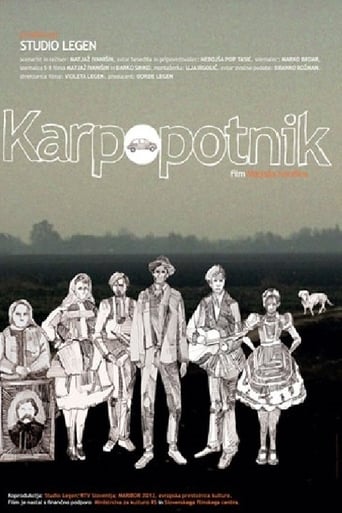
Karpotrotter (2013)
Karpotrotter (2013)
Karpotrotter is a road movie about place, time, and memory, as well as an homage to filmmaker Karpo Godina, whose work flourished during the Black Wave of Yugoslav filmmaking in the late 1960s and early 1970s. Contemporary filmmaker Matjaz Ivanisin retraces the footsteps, 40 years later, of his compatriot’s road trip through small villages in the rural countryside. Constructed from Godina’s 8mm footage from this journey, Ivanisin interlaces this material with landscape footage from his current road trip and contemporary interviews of the citizenry who recall Godina’s visit decades earlier; period folkloric music augments the soundtrack. The filmmaker structures his film in five sections that articulate the local character of different villages. Richly multi-layered in both temporal and spatial terms, the filmmaker constructs a poignant meditation about the local village culture and inhabitants of this rural region of the former Yugoslavia.
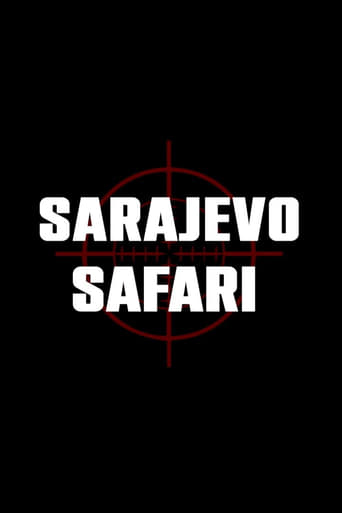
Sarajevo Safari (2022)
Sarajevo Safari (2022)
Sarajevo Safari, a documentary by Slovenian director Miran Zupanic, uncovers little-known shocking details about the Bosnian War of the 90s. The film is about rich foreigners who paid money for the opportunity to shoot civilians in the besieged capital of Bosnia and Herzegovina from the positions of the Serb army. The film showcased at the Al Jazeera Balkans International Documentary Film Festival garnered great interest.
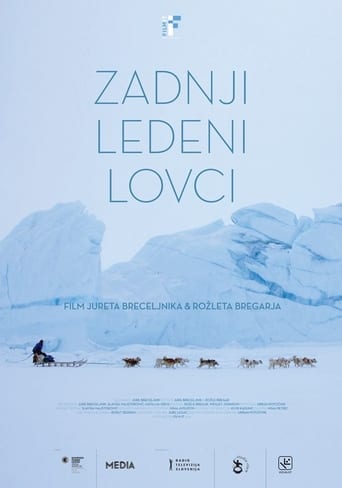
The Last Ice Hunters (2017)

Music Is the Art of Time 2, LP film Buldozer – Spit Truth Into the Eyes (2017)
Music Is the Art of Time 2, LP film Buldozer – Spit Truth Into the Eyes (2017)
In Varja Mocnik's documentary, members of former Yugoslav rock band Buldozer, their friends and fans reminisce about the time of the release of the band's debut album Pljuni istini u oci (1975). Their accounts interlace with fictitious scenes, the record artwork, archive material and animation, to ultimately come together into an inventive, surrealist film that speaks not just of the legendary album, but also of the society and reality of the time.
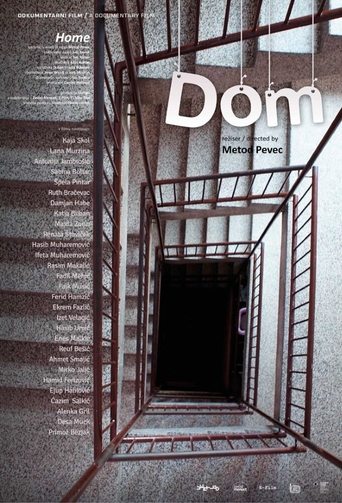
Home (2015)
Home (2015)
Worker's quarters on Vida Pregarc Street, Ljubljana: a house originally built to accommodate construction workers has storeys, three entrances, and as a result of the privatization process, nineteen owners. The fates of its residents vary...

Ulay (2013)
Ulay (2013)
Ulay is a conceptual artist whose photography pushed boundaries, and whose love affair with Marina Abramovic produced some of the best pieces of performance art. Diagnosed with cancer shortly after agreeing to film the documentary, Ulay's illness informs Project Cancer, which is part-retrospective, part-visual document of the year he believed could be the last of his extraordinary life.
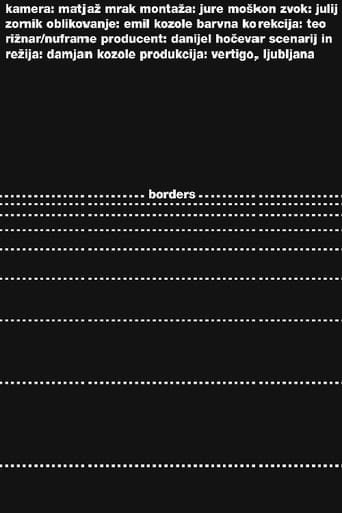
Borders (2016)
Borders (2016)
24 October 2015, a nice day in autumn in a nice landscape. A crowd of refugees and migrants accompanied by soldiers and police officers make their way from the Schengen border between Slovenia and Croatia towards the refugee camp in Brežice. Suddenly, the landscape starts to appear less nice than it was.

The Hackers (2015)
The Hackers (2015)
The documentary film depicts one aspect of the hacking scene and its evolution in the last 20 years. Who are hackers and what drives them? The film was produced for the 20-year anniversary of SI-CERT (Slovenian Computer Emergency Response Team) in cooperation with Sever & Sever Production and Slovenian National TV.
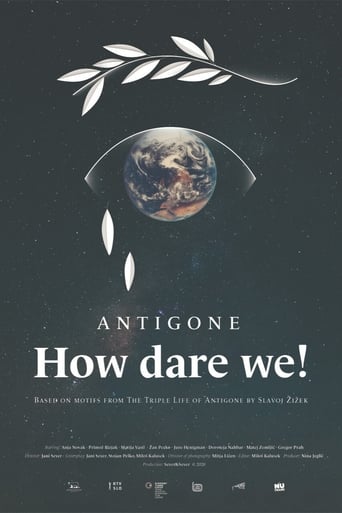
Antigone, How Dare We! (2020)
Antigone, How Dare We! (2020)
Based on motifs from The Triple Life of Antigone by Slavoj Žižek, this film reflects on today’s planet and political “chaos” by placing the politicians, the decision-makers and the influencers of today in the roles of Žižek’s version of the ancient Greek drama Antigone. But what are the politicians roles? Does the Antigone of today represent populists, anti-migrants and fundamentalists, or those who would oppose them?
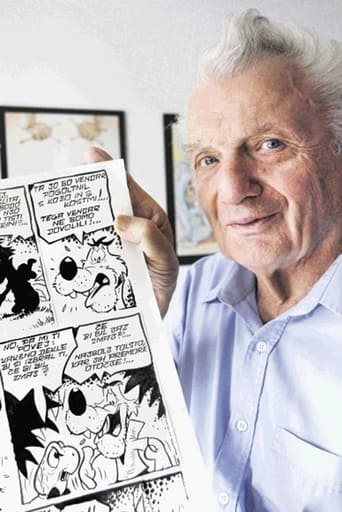
When Lines Speak (2012)
When Lines Speak (2012)
A documentary about modern-day comics.
What About Mojca? (2015)
What About Mojca? (2015)
Documentary film explores the role of women in the Slovenian film and is also looking for reflections in the film classics of the constant changing position of women in the society. Documentary also refers to popular and lesser-known women's roles in the history of Slovenian film, heroines in the literal sense, typical roles in many partisan films, as well as the established cliches: a suffering mother, adulteress, gossip. Through interviews with the actresses, theorists and artists as well as analyzing the most common phrases expressed by women in the Slovenian films, the film tries to reveal the true Slovenian film heroine.
